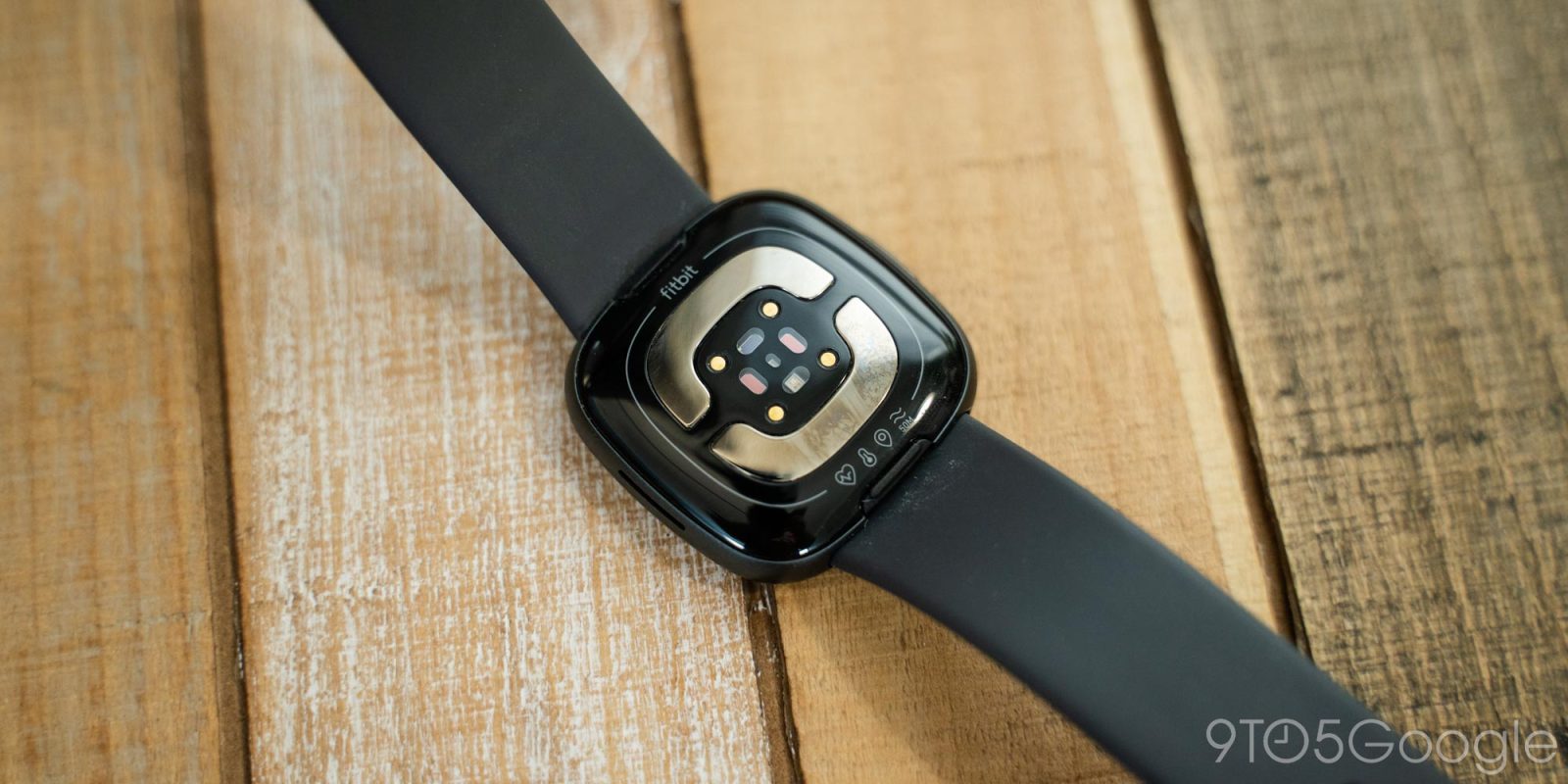
We reported earlier this week that the Pixel Watch 2 would feature a continuous electrodermal activity (cEDA) sensor for stress tracking. Google is now out with a post today explaining how “Fitbit’s Body Response feature to detect stress.”
Stress Management Score + sEDA
For some background, Fitbit today offers a Stress Management Score that “looks at physiological, sleep and activity data from the last night, the previous day and the previous week.” Generated daily:
- “A high score indicates that your body is showing fewer signs of physical stress, so you may consider taking on a new project or exercising.”
- “A low score indicates that your body may be showing signs of stress, so you may want to take a break—go to bed early or meditate.”
With the original Sense in 2020, Fitbit introduced an sEDA sensor that works on demand to let you check stress levels at any time. It worked by measuring “micro-sweat levels on the palm of your hand over short time periods.”
Fitbit cEDA + Pixel Watch 2
Two years later, the Sense 2 (as seen above) introduced an on-wrist continuous electrodermal activity (cEDA) sensor to power the “Body Response” feature. Fitbit examines sweat levels, heart rate, heart rate variability (HRV), and skin temperature (through another dedicated sensor, which we also expect the Pixel Watch 2 to have) and runs it through a machine learning algorithm:
The algorithm is designed to look for sudden changes in these metrics and prompt you at the right time, providing you with the opportunity to either reflect on what may be causing your stress, or take actions such as guided breathing or walks to reduce it.
For example, you might be alerted on watch for potential stress when your heart rate increases and your skin temperature decreases. That manual notification lets you log how you’re feeling to reduce false positives:
The body’s response to stressors causes rapid changes in hormonal and physiological functioning across the body, known as autonomic arousal. Interestingly, many of these same physiological signals occur when something positive or exciting is happening, like going on a first date or hosting a big party.
Fitbit also knows not to send alerts when you’re exercising. As you wear the Sense 2 (over the course of a month), the “algorithm uses more and more of your data to determine your baseline activity to more accurately detect acute changes from that baseline.”
By the time the Pixel Watch 2 launches, Fitbit’s cEDA stress tracking feature will be a year old, and hopefully, those improvements and optimizations make it to the new device.
FTC: We use income earning auto affiliate links. More.







Comments